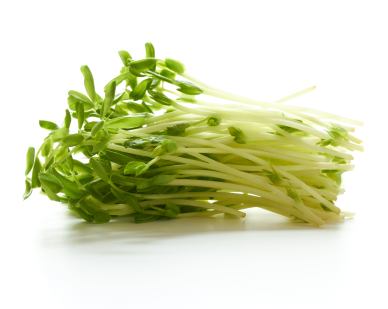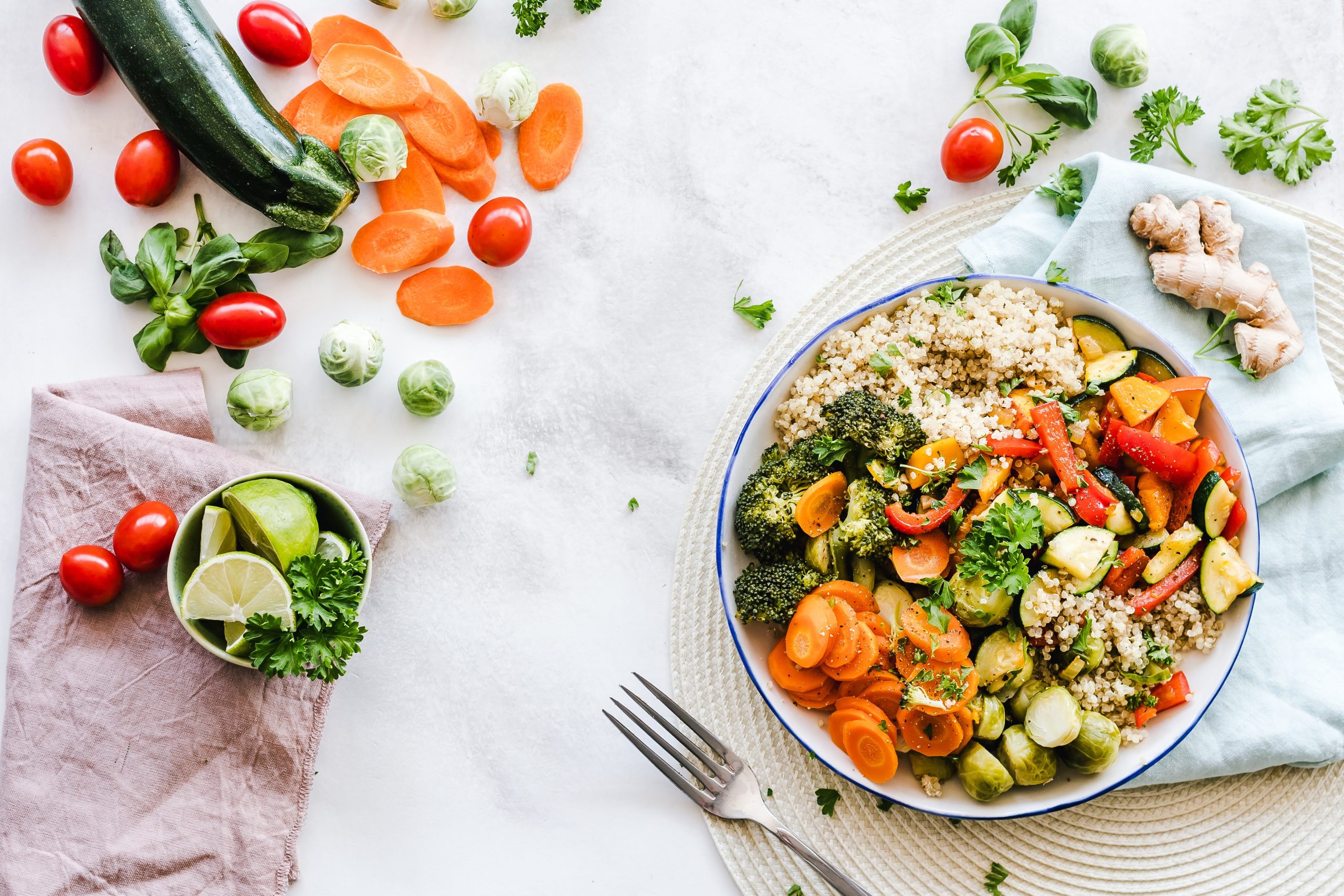What are sprouts exactly?
You have probably had them on your salad. There are a lot of different types – almost as many as there are edible plants. Bean sprouts, sunflower sprouts, rye sprouts… every plant-based food started with a sprout and grew from there.
Besides tasting good, the main reason for eating sprouts is about nutrition and digestion. It’s essentially about getting the most benefit out of a plant in the most biologically concentrated form. When you sprout foods, you increase proteolytic enzymes that make both carbohydrates and proteins digestible.
While your body produces proteolytic enzymes when you eat foods that don’t contain digestive enzymes, your body is forced to manufacture them (instead of making enzymes it should be making). After a while, your body’s ability to produce the right enzymes wanes along with its ability to fight off disease.
The good news: enzymes from sprouted foods can replace those your body no longer produces.
And sprouts are nutrient-dense powerpacks: you can get even more nutrients from your vegetables by eating them in the form of sprouts.
Why you need more sprouts in your life
Sprouts are the germinal (seed) form of the veggies we know and love. For this reason, they’re positively packed with vitamins, minerals, amino acids, and other beneficial nutrients (because they’ve consolidated everything they need to grow into full plants).
And unlike full-grown veggies, which lose their nutrient content while sitting on the shelves, sprouts become increasingly nutrient-dense over time (until they start to go bad, of course). If you’re into “biohacking,” you can think of sprouts as a hack for getting the most out of your favorite vegetables.
Let’s take broccoli as an example. As we covered in another article, broccoli is a seriously healing superfood—it’s invaluable in any form, but broccoli sprouts have the highest levels of sulfurophane, the famed compound that has made broccoli the subject of extensive research. One study found that a mere 5 grams of broccoli sprouts contains the same amount of glucoraphanin (the precursor to sulfurophane) as 150 grams of full-grown broccoli![1]
Here’s a refresher on the incredible, research-backed benefits of sulfurophane: it boosts the immune system by enhancing the clearance of bacteria and increasing resistance against influenza and other viruses,[2] slows the aging process by activating a protein called Nrf2,[3] improves detoxification by increasing endogenous levels of glutathione,[4] improves nearly every parameter for type 2 diabetes,[5] helps manage obesity by decreasing weight gain,[6] and acts as a superior cancer-fighting functional food (by increasing the risk of cancer by over 40%[7] and by directly killing cancer cells).[8]
It’s worth noting that in many of the most prominent sulfurophane studies, participants were given broccoli sprouts, simply because they comprise the easiest and most efficient way to get large amounts of this amazing compound. And keep in mind that sulfurophane is just one of the many nutrients packed into broccoli and broccoli sprouts. You can read more here, but for the sake of this article, suffice it to say that broccoli sprouts are like a supercharged version of broccoli—so you should consider giving them a prominent place in your diet!
And don’t feel limited to broccoli; there’s a whole spectrum of delicious and healthful sprouts, and all of them contain higher nutrient levels than their full-grown counterparts. You may have seen some of these sprouts at the grocery store: mung bean, lentil, fenugreek, peas, quinoa, alfalfa, radish, mustard, garbanzo, pumpkin, adzuki, cabbage…and the list goes on.
Sprout your own!
If your local store isn’t well-stocked with a variety of sprouts (or if you’d like to explore a more affordable way to enjoy sprouts regularly), you can sprout your own!
Sprouting tray systems are inexpensive and easy to set up, and they’ll provide an endless supply of delicious sprouts right in your own kitchen. Experiment to see which flavors you like best (radish and mustard sprouts are richly spicy, mung bean sprouts have a clean, crunchy taste that’s excellent with Asian soups, and so on).
When sprouting your own seeds, it’s best to ensure they haven’t been chemically treated. Soak them overnight (overnight is important) with about a third full of clean water in a clean Mason-type jar covered with a mesh sprouting screen. The soak time depends on the seed size: five hours for small seeds, and 12 hours for large seeds and grains.
You should see tiny sprouts emerging within 24-36 hours. Sprouting almonds will add an extra nutrient boost to homemade almond milk (and sprouting is also a great way to tell if your almonds are truly raw, because they won’t sprout if they’ve been pasteurized).
Once you have some sprouts on hand, add them to salads (I like home-sprouted lentils for this use), smoothies (radish sprouts add a great kick to green smoothies), sandwiches (broccoli sprouts provide a great balanced flavor), and any of your other favorite dishes.
References
[1] http://www.pnas.org/content/94/19/10367.short
[2] https://www.ncbi.nlm.nih.gov/pmc/articles/PMC4731143/
[3] https://www.ncbi.nlm.nih.gov/pmc/articles/PMC3897785/
[4] https://www.ncbi.nlm.nih.gov/pmc/articles/PMC4125483/
[5] http://www.sciencedirect.com/science/article/pii/S1756464612000953
[6] https://www.ncbi.nlm.nih.gov/pubmed/27142739
[7] https://www.ncbi.nlm.nih.gov/pmc/articles/PMC4432495/






